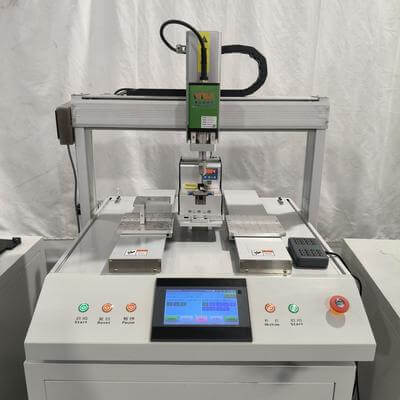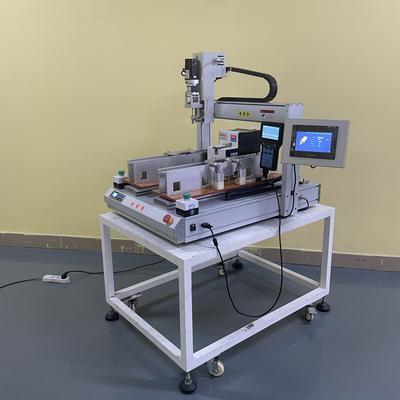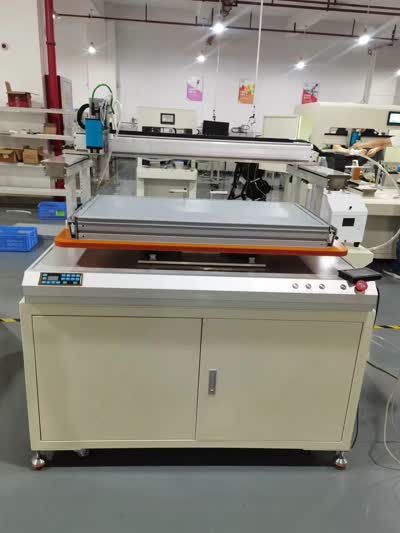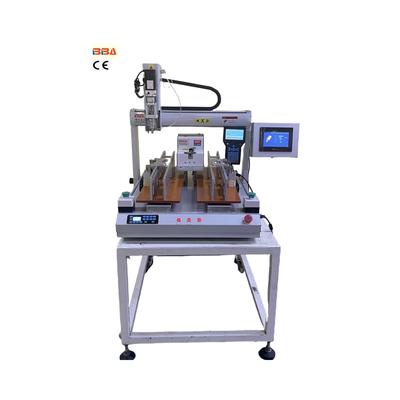Robotic Screw Drivers in Automotive Manufacturing | Precision Fastening Systems
Robotic screw drivers represent a transformative advancement within automotive manufacturing, delivering unprecedented precision and efficiency on assembly lines. As vehicles evolve into increasingly complex technological systems with thousands of fastening points, automation has become critical to maintaining quality standards and production velocity. These specialized robotic tools integrate seamlessly into existing workflows, performing repetitive screwdriving tasks with consistent torque control—typically achieving deviations of less than ±3%—eliminating manual errors caused by fatigue or human variability. This level of accuracy is especially vital for critical components such as powertrains, ABS units, and airbag assemblies, where improper fastening can lead to catastrophic failures.
Significant productivity gains emerge from robotic screw drivers' continuous operation cycle, which typically reduces fastening times by 40-60% compared to manual methods. Strategies like uninterrupted operation, multi-spindle configurations, and in-position tool head adjustments dramatically decrease task times. Consider interior modules like dashboards, where robots simultaneously install 10-20 screws in under 15 seconds—a task requiring minutes for human workers. Beyond speed, the robots' ability to record data for each fastening event ensures comprehensive traceability. Parameters such as torque curves, angel-of-turn, and sequence completion are logged into centralized databases to support quality audits and regulatory compliance without paper trails.
Modern robotic screw drivers incorporate sophisticated error-proofing capabilities that fundamentally shift quality control paradigms. Systems equipped with servo feedback, force monitoring sensors, and AI-driven vision cameras detect malfunctions in real-time. If cross-threading occurs or a screw head is malformed, the robot halts operations within milliseconds and flags the location for inspection. This prevents defective units from advancing downstream and potentially causing rework avalanches. Integration flexibility allows deployment in confined spaces like underbody sections or overhead lines, matching diverse ergonomic requirements while removing workers from repetitive stress environments. Maintenance downtime is minimized through modular designs featuring quick-change bits and configurable backup stations ensuring production continuity.
Looking forward, evolving electric vehicle architectures will accelerate robotic screwdriving adoption, particularly for battery pack assemblies requiring thousands of uniform connections. Emerging Industry 4.0 capabilities will enhance these systems further; predictive analytics algorithms will forecast bit wear before failures occur, while adaptive learning software autonomously calibrates torque profiles for new materials like composite alloys. The convergence of collaborative robots ("cobots") and AI-powered vision systems may eventually enable flexible cell-based manufacturing that adapts screwdriving patterns to component variations in real-time. Paired with labor shortages and escalating quality expectations, such innovations will render robotic fastening systems indispensable automotive manufacturing assets, driving forward production capacity and reliability benchmarks globally.
| Product Name | Applicable industries |
| Auto Screwdriver Machine | Home Appliance Production |



